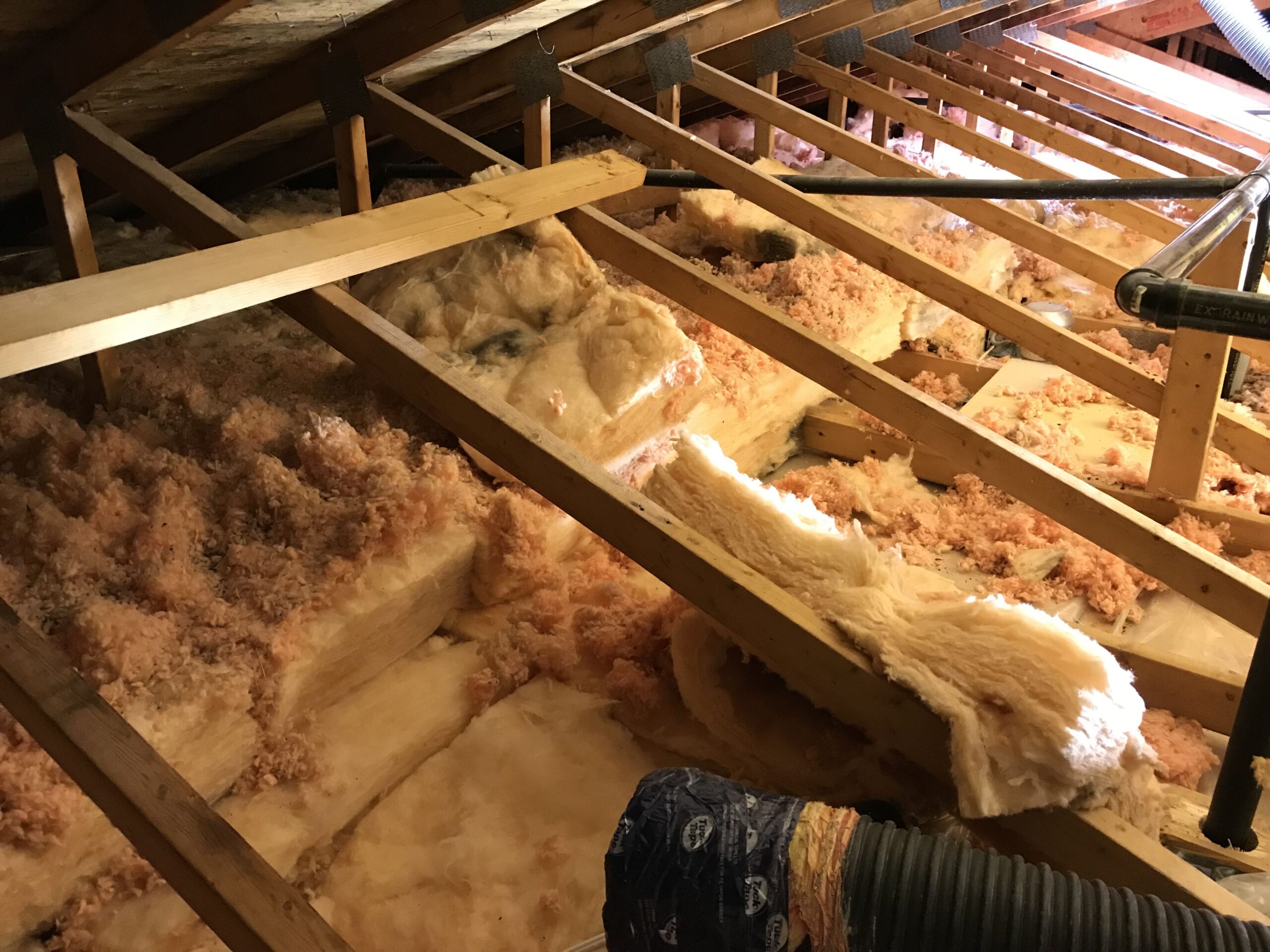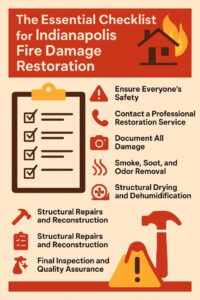Removing old insulation in Tarrytown, TX requires more than pulling out dusty batts or vacuuming cellulose. Proper removal demands containment, air quality management, and safe handling of contaminants like rodent droppings, fiberglass particles, and possible mold. The process starts with assessing the type of insulation used and the condition it’s in—these dictate the appropriate removal tactic.
This guide provides immediate answers and in-depth detail about safe insulation removal practices for old insulation. Techniques here come from real project experience dealing with attic, crawl space, and wall insulation in homes built as early as the 1950s to the 2000s. Safe removal protects your indoor air quality, prevents damage to your home, and sets a clean foundation for future upgrades. Every method discussed complies with best practices for safety, cleanliness, and building performance.
Safe Insulation Removal Tactics Used in Tarrytown
Common Insulation Types and Removal Challenges
Tarrytown homes typically contain one or more of the following insulation materials:
- Blown-in fiberglass – Common in attics; lightweight but airborne particles can irritate lungs.
- Batt fiberglass – Found in walls and attics; deteriorates with age, often contaminated by pests.
- Cellulose – Often dusty and moisture-absorbing; needs vacuum removal to avoid spreading.
- Rock wool/mineral wool – Dense, older material; can be abrasive and messy.
- Spray foam – Difficult to remove and requires mechanical tools or chemical softeners.
| Insulation Type | Common Location | Removal Difficulty | Health Hazard Risk | Removal Method |
| Fiberglass Batt | Attics, Walls | Moderate | High (airborne particles) | Bag & HEPA vacuum |
| Blown-In Fiberglass | Attics | Easy | Medium | HEPA vacuum extraction |
| Cellulose | Attics | Moderate | Medium-High (mold risk) | Vacuum & wetting |
| Rock Wool | Walls, Basements | High | Low-Medium | Manual + vacuum |
| Spray Foam | All cavities | Very High | Low unless moldy | Chisel, grinder, softeners |
Bonus Tip:
For spray foam removal, avoid aggressive scraping near roof decks or drywall. It often damages sheathing or framing. Use oscillating tools with precision attachments.
Technical Data for Safe Removal Operations
| Parameter | Safe Range / Requirement | Tool/Equipment Used |
| Airborne Particle Exposure (OSHA) | ≤ 5 mg/m³ (fiberglass) | HEPA filter vacuums, respirators |
| Containment Area Pressure | -0.02 to -0.04 in. WC (negative pressure) | Negative air machine |
| Personal Protective Equipment | Full body coveralls, gloves, N95/half-mask respirator | Required for all removal crew |
| Debris Bagging Standard | Double-bagged, 6 mil plastic | Labeled for disposal |
Practical Experience in Tarrytown’s Climate
Tarrytown experiences humid subtropical conditions with hot summers and mild winters. In this environment, insulation installation in TarryTown, TX can develop moisture issues, mold, or pest contamination much faster than in arid climates. This impacts both removal tactics and urgency:
- Cellulose and fiberglass can harbor moisture from roof leaks, common in older Tarrytown homes.
- Rodent nesting is common in batt insulation due to nearby greenbelt access and attic ventilation points.
- Bonus Tip: Inspections often uncover HVAC duct leaks that accelerate insulation decay—fix these before installing new insulation.
Things to Consider Before Making a Decision
Before scheduling insulation removal, consider these critical factors:
- Age of insulation: Material over 15 years old often deteriorates and holds dust or pest waste.
- Ventilation state: Poor airflow worsens contamination and needs correction post-removal.
- Roof leaks or moisture issues: Must be addressed before new insulation is added.
- Type of replacement insulation: Determines the level of cleaning and prep required.
- Budget and disposal logistics: Not all insulation is accepted at public landfills.
Market Insights Supporting Safe Removal
- According to the North American Insulation Manufacturers Association (NAIMA), 92% of homes in southern U.S. states have underperforming attic insulation, contributing to higher energy bills and indoor air quality concerns.
[Source: NAIMA, 2024 Energy Audit Report] - The Texas Department of Health recommends full containment zones during insulation removal to prevent airborne transmission of hantavirus and mold spores, particularly in crawlspaces and attics.
[Source: Texas DOH Guidelines for Indoor Air Quality, 2023] - In the Austin area, over 60% of insulation removal projects uncover rodent activity or mold, which means surface-level removal often fails to resolve hidden problems.
[Source: Austin Green Build Data, 2024]
Safe Removal Process Overview
- Assessment: Identify insulation type, age, and contamination.
- Containment Setup: Seal access points, use negative pressure air machines.
- Personal Protection: Equip full PPE for all technicians.
- Insulation Extraction: Use vacuums, hand tools, and HEPA filters.
- Disposal: Bag waste securely and label per waste management protocols.
- Post-Cleaning: Sanitize cavity areas and inspect for structural issues.
Services That Support Safe Insulation Removal
Crawl Space Insulation Removal
Removes aged or contaminated materials that attract pests or retain moisture. Cleanout also improves indoor air quality and supports better energy performance.
Attic Insulation Removal
Vacuum-based or manual removal of batt and blown-in materials. Necessary for re-insulating with updated products or treating mold/rodents.
Spray Foam Insulation Removal
Specialty service involving cutting tools, chemical softeners, and containment systems for safe extraction without damaging underlying surfaces.
Mold-Affected Insulation Removal
Involves both insulation removal and adjacent material cleaning using EPA-approved biocides. Common in humid areas like Tarrytown.
Air Sealing and Prep After Removal
Seals cavities and junctions post-removal to prevent air leaks. Critical step before new insulation is installed.
Common Questions About Safe Insulation Removal
What’s the safest way to remove blown-in insulation?
Use a high-powered HEPA vacuum with long-reach hoses and a sealed containment zone. Always wear a respirator and coveralls.
How long does insulation removal take?
Typical attic removal takes 1–2 days depending on the insulation type, area size, and contamination level.
Is it necessary to remove old insulation before adding new?
Yes, if the existing material is compressed, moldy, pest-damaged, or of a different material type that prevents proper layering.
Can I dispose of old insulation myself?
Not recommended. Insulation can contain contaminants. Licensed teams ensure safe handling and compliance with disposal regulations.
FAQ
How can I tell if my insulation needs removal?
Look for signs like musty odors, visible pest droppings, discolored insulation, or insulation that’s sagging or flattened. An energy audit can confirm performance losses.
Is old insulation dangerous?
Some materials like vermiculite or mold-contaminated cellulose can pose health risks. Even fiberglass can irritate lungs if not handled correctly.
What happens if I skip insulation removal and add new layers?
It can trap moisture, promote mold growth, and reduce thermal efficiency. Removal creates a clean base for proper installation.
Are DIY insulation removal kits effective?
They can work for small areas, but most lack the suction power, filtration, and containment needed for safe, large-scale removal.
Does insulation removal include cleaning the attic?
Yes, proper removal includes vacuuming dust, sanitizing affected areas, and preparing the space for new insulation.
Ready to Achieve a Healthier Home Environment?
Safe insulation removal clears the path for improved comfort, energy efficiency, and indoor air quality. Apply these insights now: Schedule your attic or crawl space inspection with trained professionals.
Contact:
Stellrr Insulation
📞 (512) 710-2839
📧 [email protected]
Author and Reviewer:
Reviewer: Sophia White has 8 years of experience in spray foam insulation. She reviewed this post and gave clear guidance on aligning business messaging with what customers actually care about.











